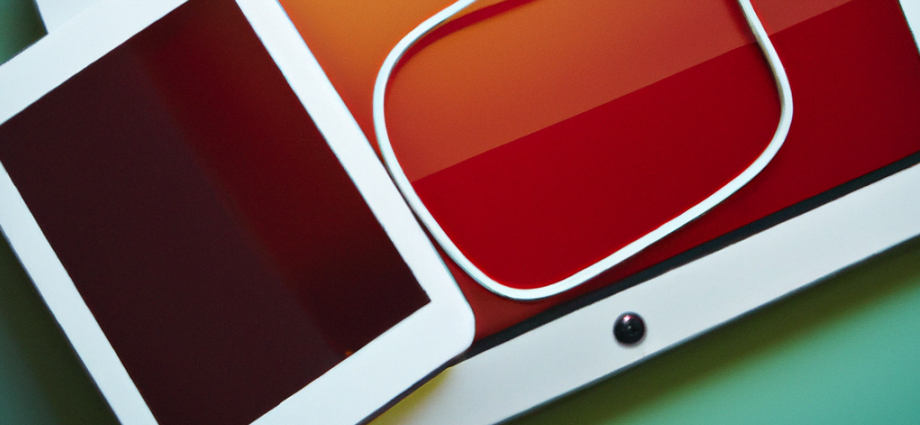Data analytics in the context of the Internet of Things (IoT) refers to the process of collecting, storing, analyzing, and interpreting data generated by connected devices and systems. The goal of IoT data analytics is to extract meaningful insights and knowledge from this data that can be used to improve decision-making, optimize processes, and gain competitive advantages.
IoT data analytics can be used to analyze various types of data, including sensor data, device usage data, location data, and environmental data, to name just a few examples. This data can be used to gain insights into patterns, trends, and relationships that would not be possible to detect without the use of advanced analytics tools and techniques.
IoT data analytics can be applied in various industries and applications, such as manufacturing, transportation, healthcare, agriculture, and retail, to name just a few. By leveraging the power of big data and advanced analytics, businesses and organizations can gain valuable insights and make smarter, data-driven decisions that can drive innovation and improve efficiency.
Benefits of IoT Data Analytics
There are numerous benefits to using data analytics in the context of the Internet of Things (IoT). Some of the main benefits include:
Improved Decision-Making and Insights: By collecting and analyzing data from connected devices, businesses and organizations can gain insights and make more informed decisions. This can help them to optimize processes, identify new opportunities, and mitigate risks.
Enhanced Efficiency and Productivity: Data analytics can help businesses and organizations to streamline operations and improve the efficiency of their processes. For example, by analyzing sensor data, they can identify and troubleshoot problems in real-time, reducing downtime and increasing productivity.
Increased Competitiveness: By leveraging the power of data analytics, businesses and organizations can gain a competitive edge by identifying and capitalizing on new opportunities, improving their products and services, and making more informed decisions.
Greater Customer Satisfaction: By using data analytics to better understand and anticipate customer needs and preferences, businesses and organizations can improve the customer experience and increase customer satisfaction.
Improved Sustainability: By analyzing data from connected devices, businesses and organizations can identify and optimize their resource use, reducing their environmental impact and improving their sustainability.
Challenges and Considerations
While data analytics can bring many benefits to the Internet of Things (IoT), there are also several challenges and considerations that need to be addressed. Some of these include:
Managing and Storing Large Amounts of Data: As the number of connected devices continues to grow, the volume of data generated by these devices will also increase. This can create challenges in terms of storing, managing, and processing this data effectively.
Ensuring the Quality and Accuracy of Data: To be useful, the data collected by connected devices must be accurate and reliable. Ensuring the quality and accuracy of this data can be a challenge, especially if the devices are operating in harsh or changing environments.
Dealing with Data Privacy and Security Concerns: As connected devices collect and transmit data, there is a risk that this data could be accessed or misused by unauthorized parties. Ensuring the privacy and security of this data is therefore a critical concern.
Interoperability and Compatibility Issues: As the IoT ecosystem continues to evolve, there is a risk that different devices and systems may not be compatible with each other. Ensuring interoperability between different IoT devices and systems is therefore important to ensure seamless connectivity and communication.
Regulatory and Legal Issues: As the IoT continues to grow and evolve, there may be a need for new regulations and laws to govern the use and protection of data collected by connected devices. Ensuring compliance with these regulations and laws is therefore important for businesses and organizations using the IoT.
Tools and Techniques for IoT Data Analytics
There are various tools and techniques that can be used for IoT data analytics, depending on the specific needs and goals of the analysis. Some examples include:
Data Visualization and Dashboarding: Data visualization tools, such as charts, graphs, and maps, can be used to represent data in a visual format that is easy to understand and interpret. Dashboarding tools can be used to create interactive dashboards that allow users to easily explore and analyze data in real-time.
Machine Learning and Artificial Intelligence: Machine learning algorithms can be used to analyze data and identify patterns and trends that would not be possible to detect using traditional statistical methods. Artificial intelligence (AI) techniques, such as natural language processing and image recognition, can also be used to extract insights from data.
Data Mining and Statistical Analysis: Data mining techniques can be used to discover hidden patterns and relationships in data, while statistical analysis can be used to test hypotheses and make predictions.
Real-Time Data Processing and Streaming: Processing and analyzing data in real-time as it is generated using real-time data processing and streaming tools enables timely and effective decision-making.

